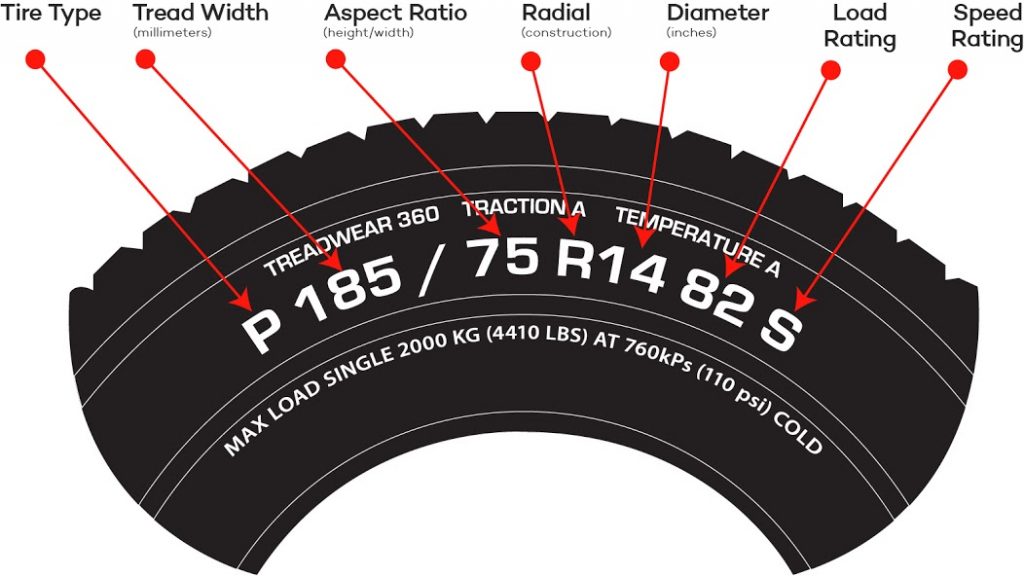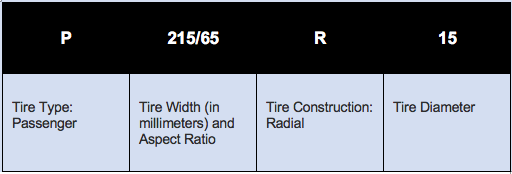

It is not that often that you have to purchase tires for your vehicle. But when you do, it’s good to be fully informed on all of the considerations in the tire purchase process. We have developed this Tire Buying Guide to help you navigate through the information you need to know.
Having a better understanding of the tire purchase process will prevent you from overpaying and most importantly, help you choose the tires that are most suitable for your vehicle.
| 1. Determine if you need new tires. | If you drive the typical annual mileage of 12,000-15,000 miles, your tires will generally begin to show wear within two to three years. In addition to overuse, tire issues generally result from over/under inflation and alignment problems. Common signs of tire wear include: Worn, uneven, or balding treads; treads can be worn in the middle, on either side, or across the entire tire An easy method to check the wear on your tire treads is with a penny. Insert a penny into the groove on the tire tread upside down so Abraham Lincoln’s head is facing downward. If you see Abraham Lincoln’s head, it’s time for new tires. |
| 2. Choose the right size and type of replacement tire(s). | Tires are designed to correspond with your vehicle size and type. Make sure to consult with your Owner’s Manual for recommended tire sizes. If you look closely at the sidewall of a vehicle tire, you will find a series of numbers and letters. These numbers and letters indicate important information about your vehicle’s tire. The chart below breaks down an example for a tire with the following information: P215/65 R15  Your tires may also have additional letters and numbers on the sidewall which represent the Load Index (maximum vehicle load supported when tires are inflated) and the Speed Rating (the maximum speed capability of a tire). |
| 3. During installation, make sure that the Tire Pressure Monitoring System(TPMS) is reset. | Newer vehicles are equipped with a tire monitoring system, referred to as TPMS. This system provides you with information on your dashboard when your tires are under-inflated. Make sure that this warning is reset when tires are replaced. |
| 4. Consider wheel alignment. | If you are interested in extending the life of your new tires, consider getting a wheel alignment. Tread wear and tear is many times attributed to poor wheel alignment. Alignment refers to an adjustment of your vehicle’s suspension system, which is what connects your vehicle’s tires. Alignment is not an adjustment of the tires or wheels but the angles of the tires which affects how they make contact with the road. |
If you still need some assistance with your tire purchase, contact the auto technicians at Car Kings in Wallington, New Jersey. We can inspect your tires and make recommendations on repairs and replacements.
